Table of Contents
- Introduction
- Mediterranean Cuisine
- Indian Cuisine
- Japanese Cuisine
- Mexican Cuisine
- Middle Eastern Cuisine
- Korean Cuisine
- Ethiopian Cuisine
- Cooking Tips from Around the World
- Frequently Asked Questions
- Conclusion
Why Spices Are the Secret Sauce to Flavorful Wellness
For health-conscious home cooks, eating well shouldn't mean bland meals. Global spice traditions reveal how culinary heritage solves this dilemma—using natural ingredients to create dishes that delight the palate while supporting well-being. What makes this approach uniquely valuable is how these spice combinations evolved as practical responses to local environmental challenges, not modern wellness trends.
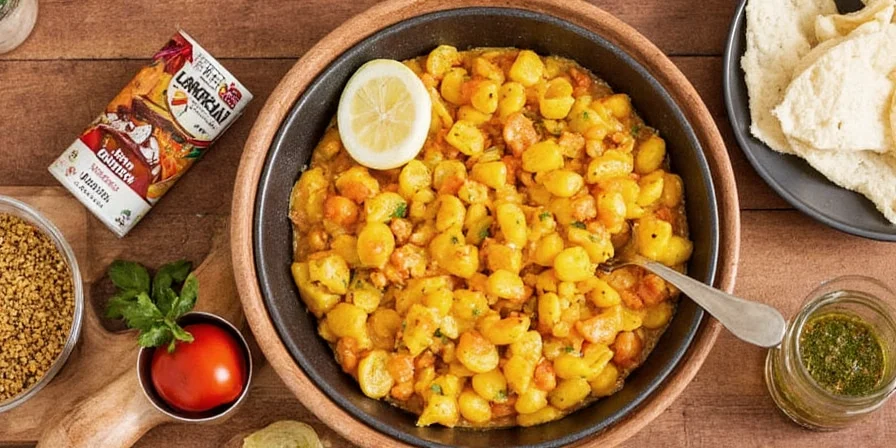
Consider how turmeric's anti-inflammatory properties became central to Indian cooking in response to tropical climates, or how Mediterranean olive oil provided essential fats where animal products were scarce. These aren't accidental pairings but centuries of culinary problem-solving. Let's explore seven cuisines where flavor and function intersect through spice wisdom.
1. Mediterranean Cuisine – The Gold Standard of Balanced Eating
Mediterranean food stands out for its evidence-based health benefits. Research in the New England Journal of Medicine confirms its role in reducing cardiovascular events by 30% through balanced fat profiles and antioxidant-rich ingredients.
| Region | Key Ingredients | Signature Spices |
|---|---|---|
| Greece, Italy, Spain | Olive oil, legumes, fresh vegetables, fish, nuts | Oregano, basil, garlic, paprika |
- Olive oil: Contains monounsaturated fats shown to improve cholesterol levels
- Oregano: One of the highest antioxidant-rich herbs per gram
- Garlic: Compounds support immune function when consumed raw
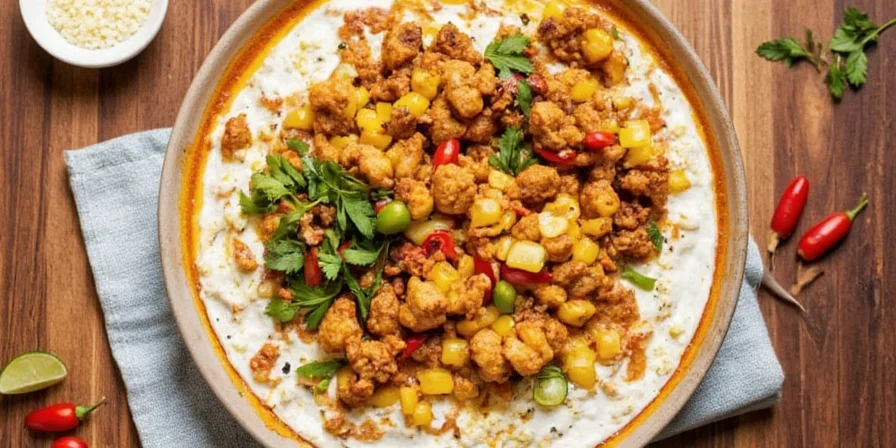
Pro Tip: Replace half your butter with olive oil in dressings. Finish roasted vegetables with raw garlic paste to maximize allicin benefits.
2. Indian Cuisine – Turmeric, Tamarind, and Time-Tested Wisdom
Indian cooking demonstrates how spice combinations create synergistic health effects. Turmeric's curcumin becomes 2000% more bioavailable when paired with black pepper—a technique perfected long before modern science explained it.
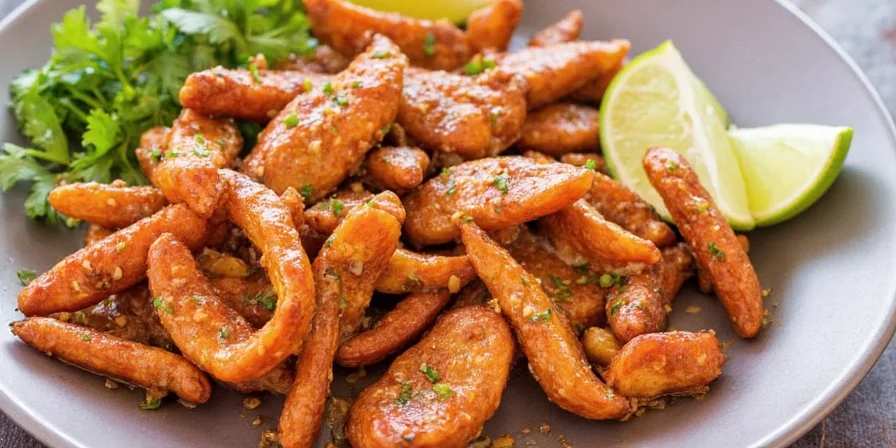
- Turmeric: Curcumin reduces inflammation markers in clinical studies
- Cumin: Improves iron absorption from plant-based foods
- Fenugreek: Helps maintain healthy blood sugar levels
| Dish | Health Perks |
|---|---|
| Dal (lentil soup) | Complete plant protein with iron and folate |
| Sabzi (vegetable curry) | Maximizes nutrient retention through gentle spicing |
| Chana masala | Chickpeas provide sustained energy release |
3. Japanese Cuisine – Precision-Driven Nourishment
Japan's Okinawan diet—linked to exceptional longevity—relies on umami-rich ingredients that satisfy without excess. Miso's fermentation creates compounds supporting gut-brain axis communication, explaining its role in mental wellness.
- Miso: Contains over 150 beneficial compounds from fermentation
- Ginger: Gingerols ease digestive discomfort naturally
- Wasabi: Allyl isothiocyanate offers antimicrobial protection
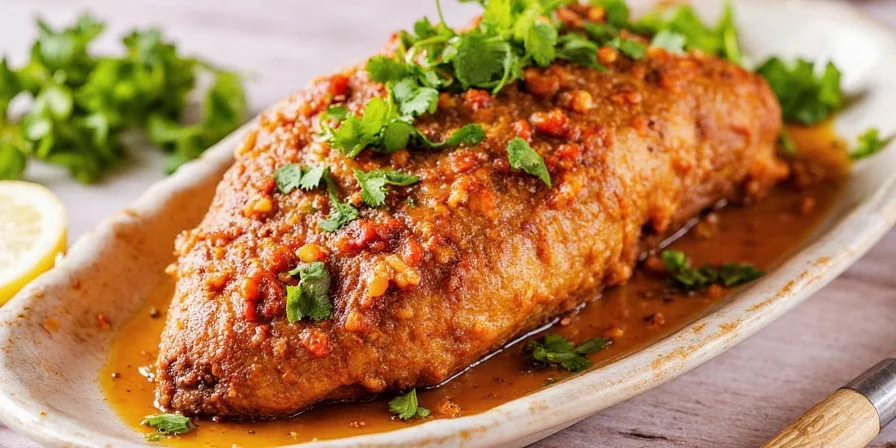
4. Mexican Cuisine – Vibrant, Whole-Food Foundations
Authentic Mexican cooking uses spice combinations that transform simple ingredients into nutrient-dense meals. The nixtamalization process for corn unlocks calcium and B-vitamins—a technique dating back 3,000 years.
| Ingredient | Benefits |
|---|---|
| Avocado | Monounsaturated fats enhance carotenoid absorption |
| Black beans | Resistant starch feeds beneficial gut bacteria |
| Chili peppers | Endorphin release from capsaicin supports mood |
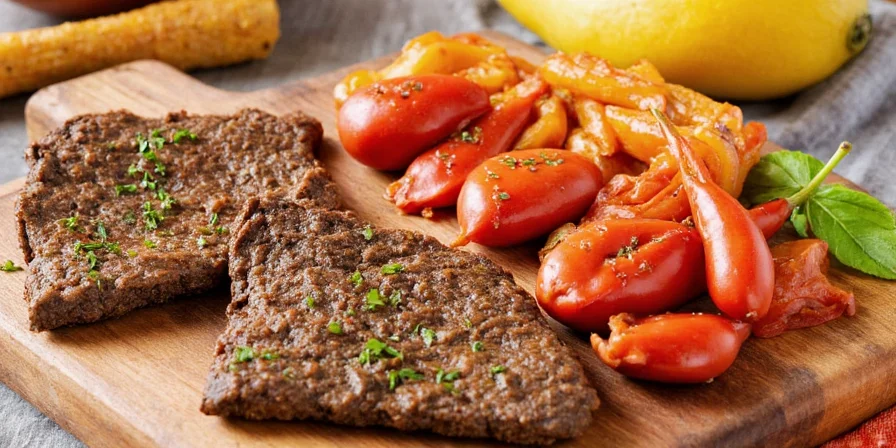
5. Middle Eastern Cuisine – Ancient Flavor Science
Middle Eastern spice blends showcase early nutritional biochemistry. Za'atar's thyme and sumac create a vitamin C-rich combination that boosts iron absorption from plant foods—a solution for iron-deficient regions.
- Za’atar: Thymol compounds support respiratory health
- Sumac: High in gallic acid for metabolic support
- Tahini: Sesame lignans enhance vitamin E bioavailability

6. Korean Cuisine – Fermentation as Functional Food
Korean fermented foods produce unique metabolites during aging. Kimchi's lactic acid bacteria strains shown in Journal of Medicinal Food studies reduce inflammation markers more effectively than probiotic supplements.
- Kimchi: Live cultures increase with fermentation time
- Goji berries: Zeaxanthin content supports eye health
- Sesame oil: Sesamol compounds protect against oxidative stress
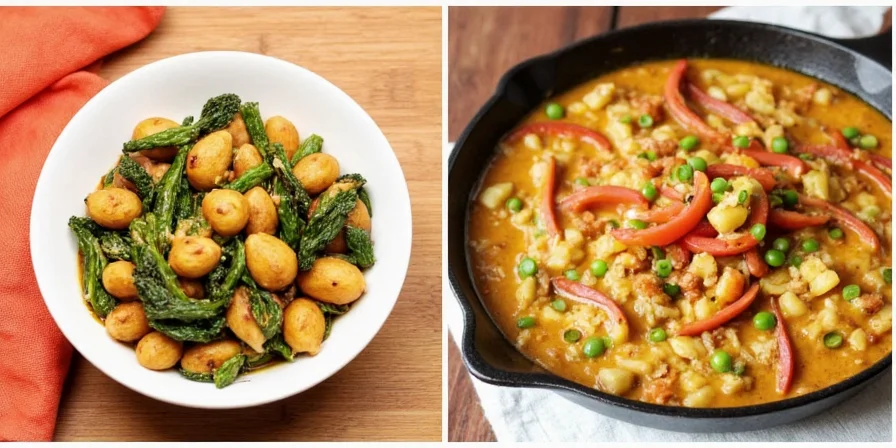
7. Ethiopian Cuisine – Communal Nutrition Wisdom
Ethiopian cooking demonstrates how spice blends address regional health needs. Berbere's complex mix of 16+ spices creates broad-spectrum antimicrobial effects—crucial in pre-refrigeration food preservation.
| Spice | Benefits |
|---|---|
| Berbere | Capsaicin and gingerols work synergistically |
| Nitir qibe | Spices increase antioxidant content of ghee |
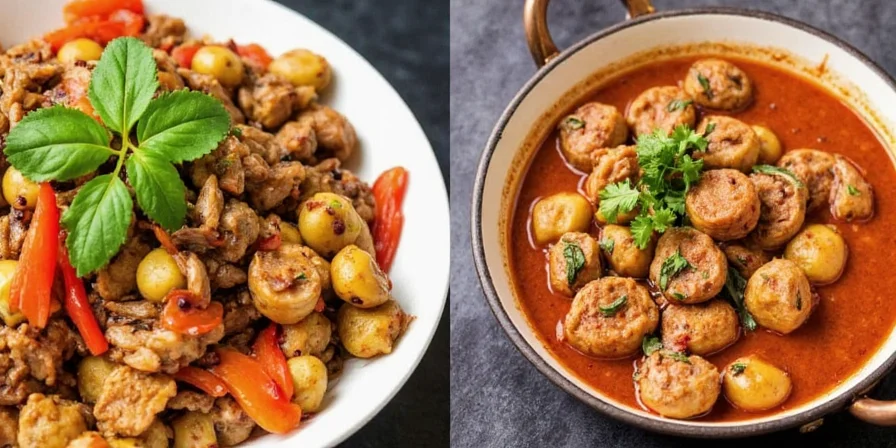
Spice It Right: 10 Practical Cooking Strategies
- Dry-toast whole spices before grinding to unlock flavor compounds
- Replace 25% of salt with citrus zest or vinegar for better mineral balance
- Add volatile spices late (like basil) to preserve delicate compounds
- Balance heat with yogurt to maintain probiotic benefits while cooling
- Pair turmeric with healthy fats and black pepper for optimal absorption
- Pre-mix spice blends for quick flavor layering during cooking
- Store spices in amber glass to block light degradation
- Sauté aromatics slowly to develop complex flavor precursors
- Use spice rubs instead of sugary marinades for cleaner flavor
- Grind seeds fresh to maximize volatile oil release
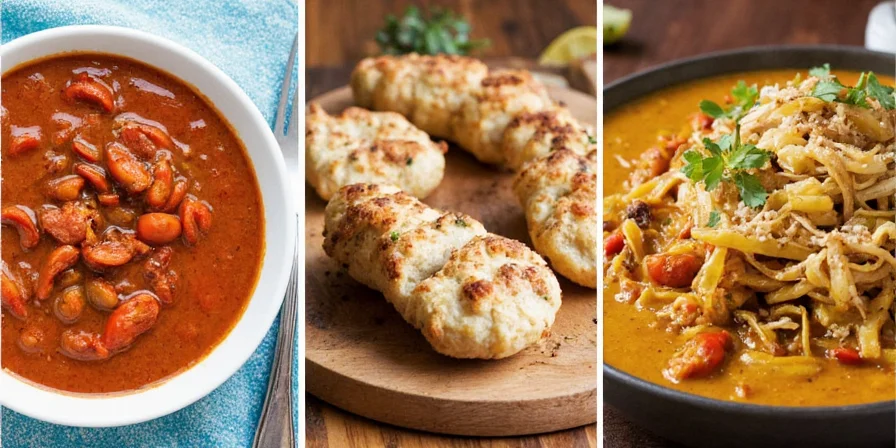
Frequently Asked Questions
Which cuisine offers the most immediate health benefits for beginners?
Mediterranean cooking provides the quickest transition with pantry staples like olive oil and garlic. Start by replacing processed snacks with a daily handful of walnuts and a vegetable-based soup using oregano—changes shown to improve biomarkers within weeks.
Can I combine spices from different cuisines safely?
Absolutely. Many traditional dishes already blend techniques—like Japanese-inspired miso-turmeric dressings. Focus on complementary flavor profiles: earthy spices (cumin, sumac) pair well with warm spices (cinnamon, cardamom). Avoid mixing multiple high-heat spices which can overwhelm dishes.
How do I verify spice quality for maximum benefits?
Check for vibrant color and strong aroma—faded spices indicate oxidation. Purchase whole spices when possible and grind before use. For turmeric, choose brands specifying curcuminoid content (minimum 3%). Store in airtight containers away from light and heat.
Are there spice combinations to avoid with medications?
Yes. High-dose garlic or ginger may interact with blood thinners. Turmeric in supplement form can interfere with certain medications. Always consult your healthcare provider about culinary spice use if taking prescription drugs, though typical cooking amounts are generally safe.
Conclusion: Flavor Meets Functionality
The world's healthiest cuisines succeed because they treat spices as functional ingredients, not just flavor enhancers. Each tradition solved specific nutritional challenges through culinary innovation—turning everyday cooking into preventive wellness. What makes this approach sustainable is its foundation in cultural practices rather than dietary restrictions.
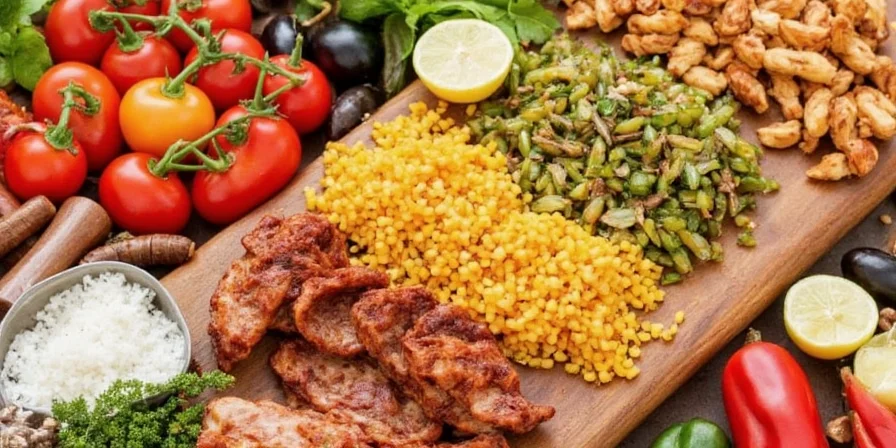
Start small: add sumac to your salad dressing tomorrow or finish roasted carrots with a sprinkle of za'atar. These micro-changes harness centuries of nutritional wisdom without overhauling your routine. As these global traditions prove, the most powerful health tools are often sitting in your spice rack—waiting to transform ordinary meals into extraordinary nourishment.

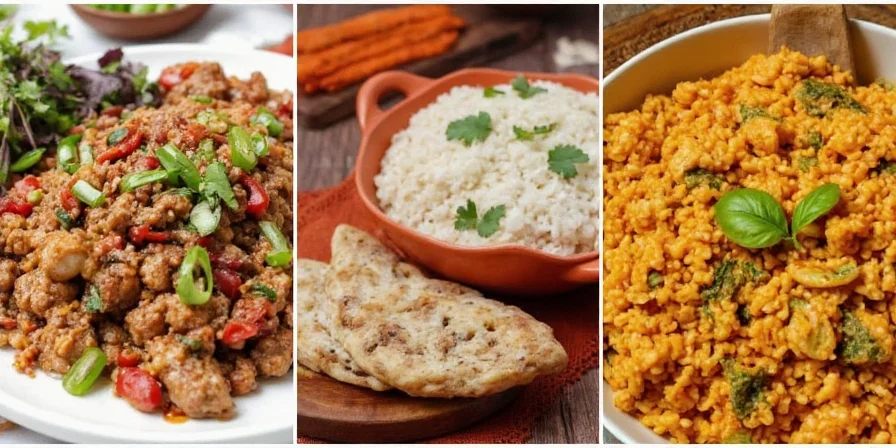









 浙公网安备
33010002000092号
浙公网安备
33010002000092号 浙B2-20120091-4
浙B2-20120091-4